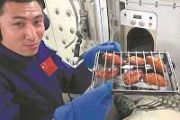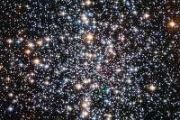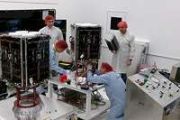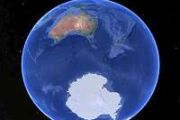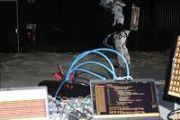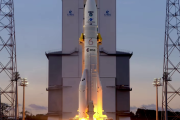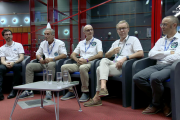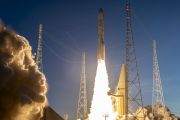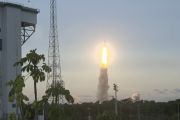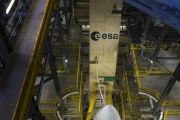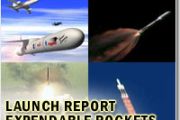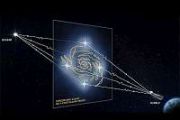
Copernical Team
Doctoral student recruiting volunteers in effort to quadruple number of known active asteroids
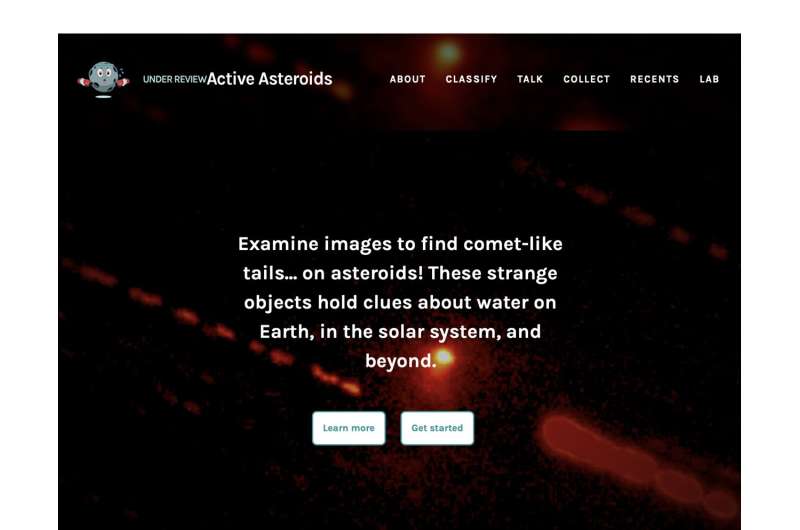
The study of active asteroids is a relatively new field of solar system science, focusing on objects that have asteroid-like orbits but look more like comets, with visual characteristics such as tails.
Because finding an active asteroid is such a rare event, fewer than 30 of these solar system bodies have been found since 1949, so there is still much for scientists to learn about them. Roughly only one out of 10,000 asteroids are classified as active asteroids, so an enormous number of observations will be needed over the span of many years to yield a larger sample for study.
Through funding from a National Science Foundation (NSF) Graduate Research Fellowship Program (GRFP) award in 2018, doctoral student Colin Orion Chandler in Northern Arizona University's Department of Astronomy and Planetary Science just launched an ambitious new project, Active Asteroids, which is designed to engage volunteers in the search for more of these enigmatic objects.
Astronaut gets special ice cream delivery for 50th birthday
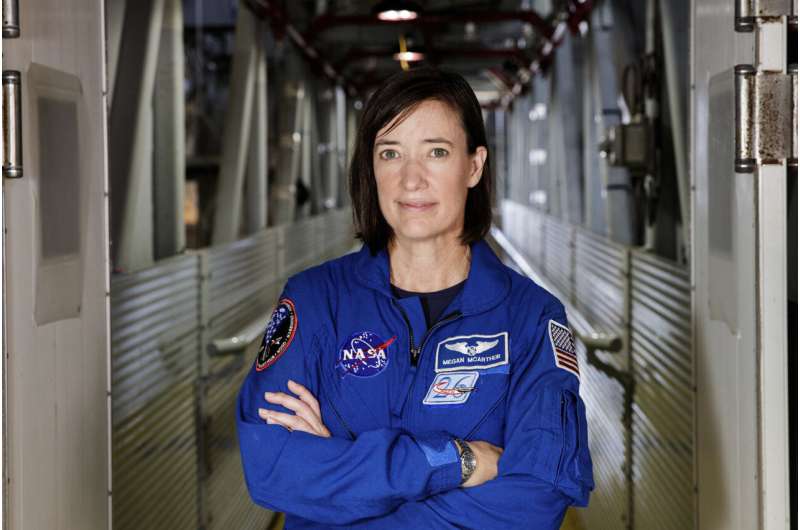
Rocket test launch for Space Force fails to reach orbit
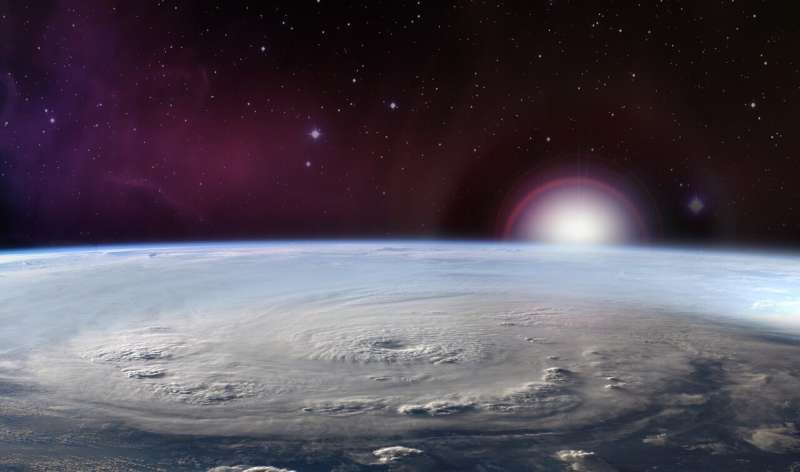
Astra Space Inc. failed to reach orbit in its rocket launch Saturday, the latest setback for the maker of small rockets used to send satellites into space.
The company's 45-foot tall rocket took off unsteadily from a pad at the Pacific Spaceport Complex in Alaska, flew for more than 2 minutes and then suffered what Astra described as "technical difficulties."
The machine was carrying a test payload for the U.S. Space Force. Astra had its most successful launch in December, when its rocket reached space and then just missed reaching orbit.
Based in Alameda, California, Astra competes with industry leader Rocket Lab USA Inc., which has completed almost two dozen flights dating back to 2017 and is now busy working on a larger vehicle. Virgin Orbit, a private Richard Branson venture separate from Virgin Galactic, completed its first commercial mission in June.
Astra shares jumped 21% last week, after tumbling in July. The company, which recently went public via a special purpose acquisition company run by telecommunications billionaire Craig McCaw, said it had gathered valuable data from the flight and has more rockets ready to test again soon.
Space firms see launch risk from low oxygen supply amid pandemic

One consequence of the coronavirus pandemic is showing up in an unlikely place: the space industry.
A summer surge in COVID-19 patients is diverting liquid oxygen from rocket launch pads to hospitals, leading NASA to announce Friday it will delay the September launch of its next earth-surveillance satellite by a week.
Oxygen chilled to its liquid form at minus 300 Fahrenheit is a crucial propellant for launch firms from SpaceX to ULA to Virgin Orbit. Now the industry is anticipating launch delays as patients on ventilators take precedence in the commodity gas supply chain.
"People come first," said Richard Craig, vice president of technical and regulatory affairs for the Compressed Gas Association, an industry trade group.
While oxygen supplies have grown tighter nationwide due to medical use of oxygen, the need is most acute in Florida where a surge in COVID infections have filled hospitals.
Some Florida cities, including Orlando and Tampa, have imposed water-use restrictions because some water-treatment plants use oxygen in the sanitizing process.
Labor shortages among commercial truck drivers, which must have specialized training to transport some gasses such as oxygen, have also compounded the supply bottlenecks, Craig said.
Space mission tests NREL perovskite solar cells

On a clear night, Kaitlyn VanSant will be able to watch her work whiz by. Knowing the success of her project, however, will have to wait until her tiny, temporary addition to the International Space Station returns to Earth.
"My family and I have definitely been looking up at night more frequently," said VanSant, who earned her doctorate from the Colorado School of Mines in materials science last year. Now a postdoctoral researcher with NASA, VanSant holds a unique collaborative appointment at the National Renewable Energy Laboratory (NREL).
The pairing of NREL and NASA continues a long-standing alliance between solar power and space. Specialized photovoltaic (PV) panels turned to the sun have been used to generate electricity for Mars rovers and space probes, but the manufacturing costs of these high-efficiency solar cells are too high for use on Earth. Researchers at NREL are testing ways to bring those costs down for terrestrial applications and transforming how PV technologies could work in space as well.
The latest test will evaluate the potential use of perovskite solar cells in space and assess the durability of materials used in those cells.
Node 2 | Space Station 360 (in French with English subtitles available)
 Video:
00:01:46
Video:
00:01:46
ESA astronaut Thomas Pesquet takes you on a tour of the International Space Station like no other. Filmed with a 360 camera, the Space Station 360 series lets you explore for yourself alongside Thomas’s explanation – this is the Node 2 module. Node 2 is a European-built connecting module also known as Harmony that acts as an internal passageway and utility hub. Its exterior also serves as a work platform for the station’s robotic arm, Canadarm2, and has docking ports for spacecraft.
In this video, Thomas shows the different modules that Node 2 connects: Europe’s Columbus Laboratory, the
Countdown to Webb launch with new merchandise collection
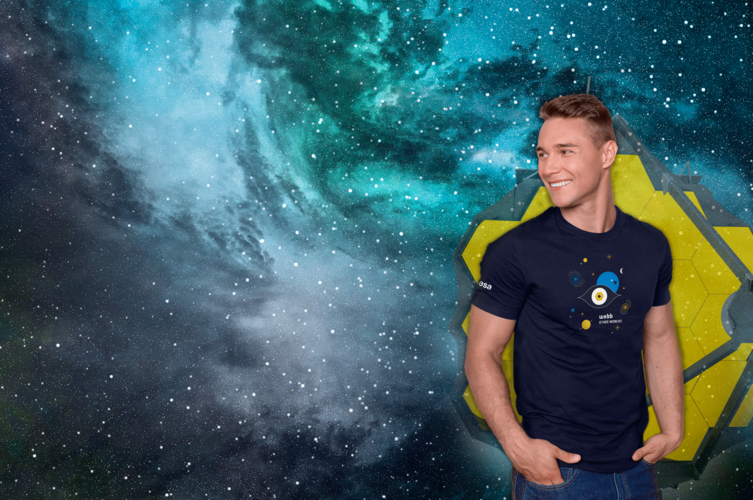
Countdown to Webb launch with new merchandise collection
SpaceX launches ants, avocados, robot to space station
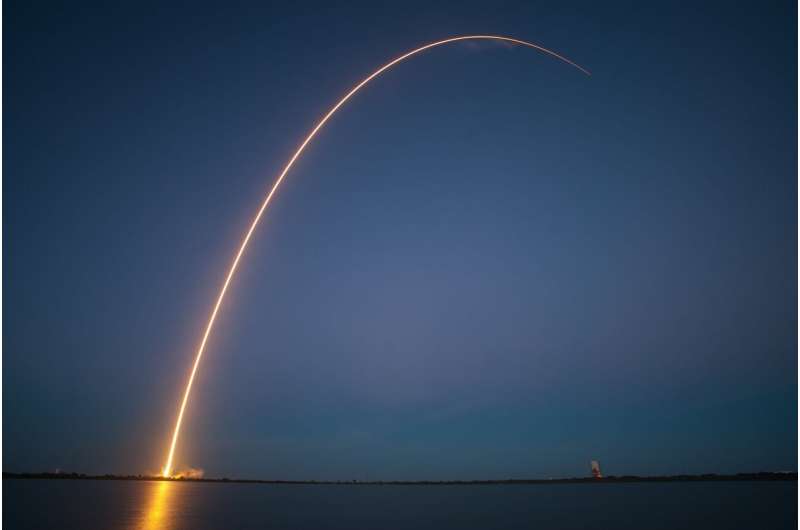
A SpaceX shipment of ants, avocados and a human-sized robotic arm rocketed toward the International Space Station on Sunday.
The delivery—due to arrive Monday—is the company's 23rd for NASA in just under a decade.
A recycled Falcon rocket blasted into the predawn sky from NASA's Kennedy Space Center. After hoisting the Dragon capsule, the first-stage booster landed upright on SpaceX's newest ocean platform, named "A Shortfall of Gravitas." SpaceX founder Elon Musk continued his tradition of naming the booster-recovery vessels in tribute to the late science fiction writer Iain Banks and his Culture series.
The Dragon is carrying more than 4,800 pounds (2,170 kilograms) of supplies and experiments, and fresh food including avocados, lemons and even ice cream for the space station's seven astronauts.
The Girl Scouts are sending up ants, brine shrimp and plants as test subjects, while University of Wisconsin-Madison scientists are flying up seeds from mouse-ear cress, a small flowering weed used in genetic research. Samples of concrete, solar cells and other materials also will be subjected to weightlessness.
A Japanese start-up company's experimental robotic arm, meanwhile, will attempt to screw items together in its orbital debut and perform other mundane chores normally done by astronauts.
Space Development Agency transitioning to US Space Force
 The Space Development Agency has already started the process of transitioning from the Office of the Under Secretary of Defense for Research and Engineering to the U.S. Space Force, said the agency's director.
Derek M. Tournear spoke yesterday at the U.S. Space Foundation's 36th Space Symposium in Colorado Springs, Colorado.
The SDA, established in March 2019, will fully transition t
The Space Development Agency has already started the process of transitioning from the Office of the Under Secretary of Defense for Research and Engineering to the U.S. Space Force, said the agency's director.
Derek M. Tournear spoke yesterday at the U.S. Space Foundation's 36th Space Symposium in Colorado Springs, Colorado.
The SDA, established in March 2019, will fully transition t Bacterial bloom as the earth thawed: Photosynthetic organisms during the snowball earth
 Some researchers hypothesize that ice sheets enveloped the earth during the Marinoan glaciation (650-535 million years ago) in what is dubbed the "Snowball Earth." The glaciation also impacted the climate and chemical compositions of the oceans, restraining the evolution of early life. Yet, as the earth warmed, and the Ediacaran period dawned, biotic life began to evolve.
A research team f
Some researchers hypothesize that ice sheets enveloped the earth during the Marinoan glaciation (650-535 million years ago) in what is dubbed the "Snowball Earth." The glaciation also impacted the climate and chemical compositions of the oceans, restraining the evolution of early life. Yet, as the earth warmed, and the Ediacaran period dawned, biotic life began to evolve.
A research team f 

